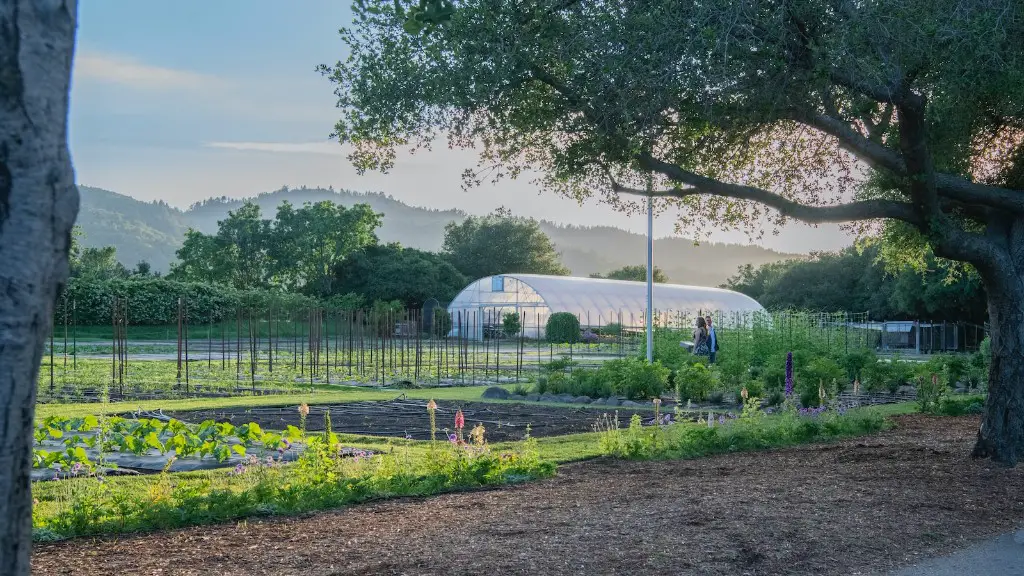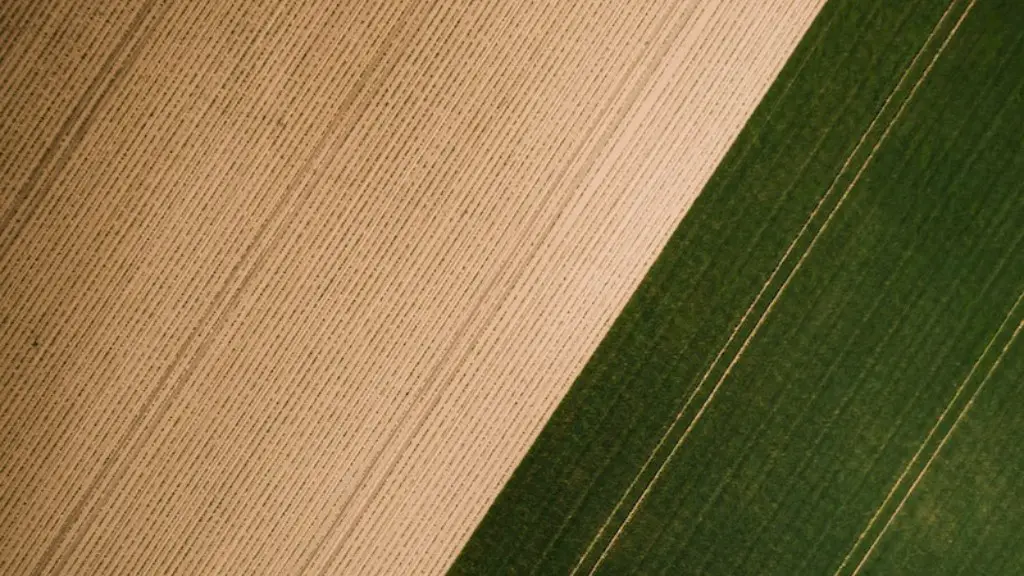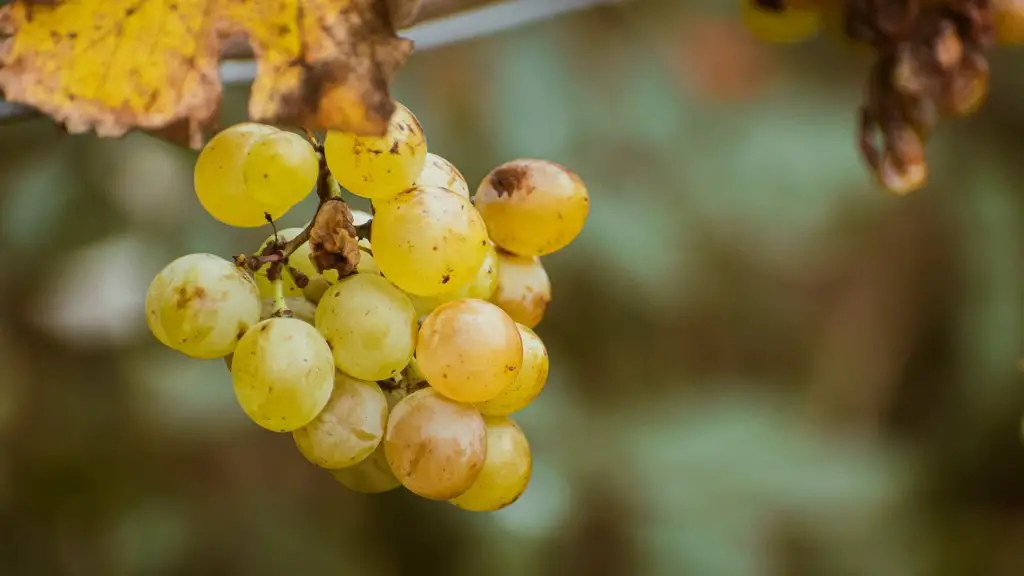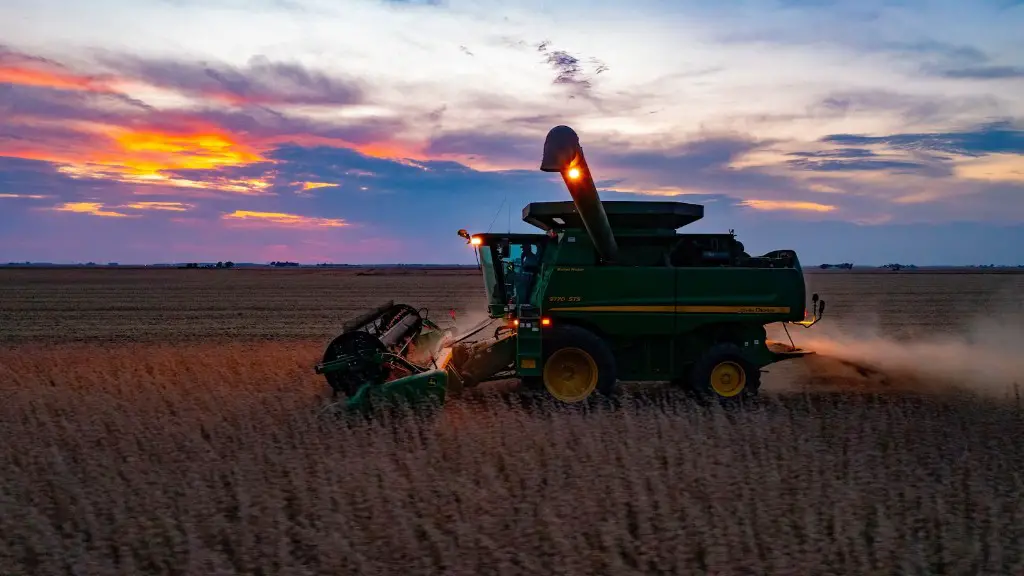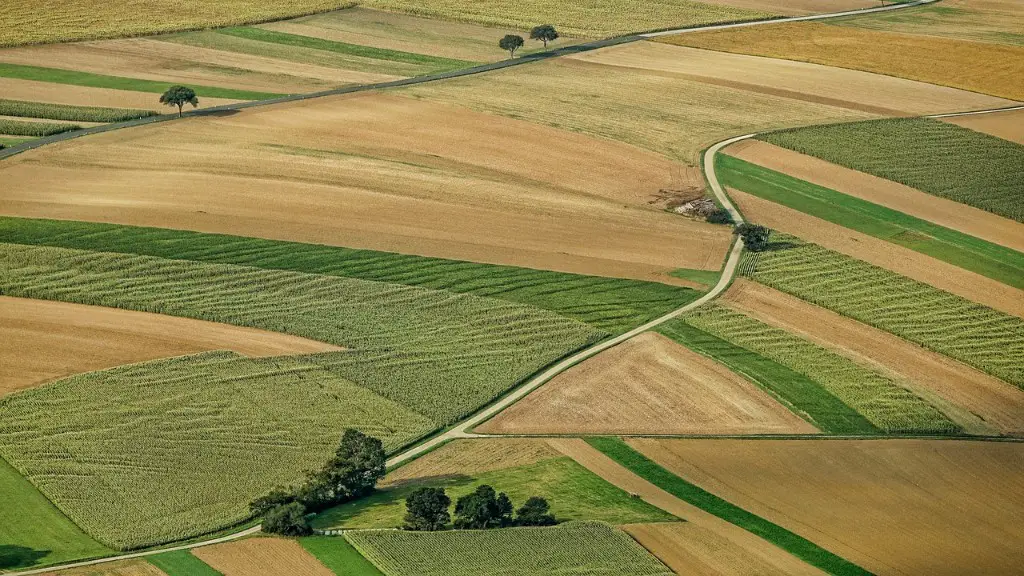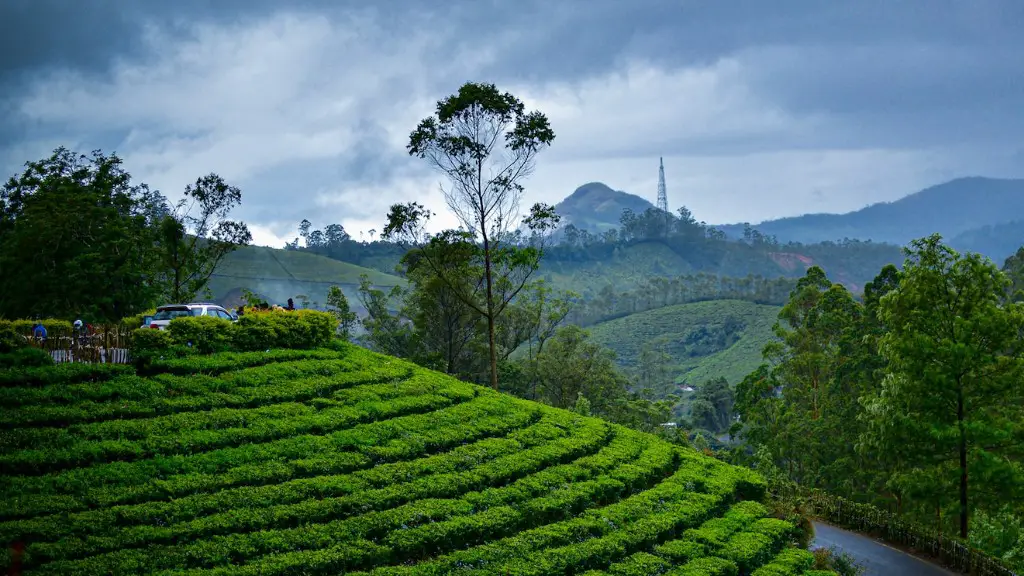Regenerative organic agriculture is a type of farming that focuses on rebuilding the soil and ecosystem. The goal of regenerative organic agriculture is to create a more sustainable and resilient food system.
Regenerative organic agriculture is a holistic system of agricultural management that aims to regenerate the health of the soil, while also supporting the farmers and workers who rely on it. The key principles of regenerative organic agriculture include rebuilding soil health, using minimal tillage practices, diversifying crop rotations, and using cover crops and green manures to enhance soil fertility.
What is the difference between organic agriculture and regenerative agriculture?
While regenerative agriculture is based on observed improvements to the ecological and social function of the farm and community, organic agriculture is more about a set of rules to follow. These rules mostly concern things not to do, such as avoiding synthetic pesticides.
Regenerative agriculture is a type of farming that focuses on rebuilding the soil health and ecosystem. By using practices such as reduced or no-till farming, cover cropping, composting, and increasing crop diversity, growers can improve the health of their soil and create a more sustainable and productive farm.
What is an example of regenerative agriculture
Regenerative agriculture is a type of farming that focuses on rebuilding the health of the soil. This is done through practices such as using cover crops, minimal soil disturbance, diversified crop rotations, and field buffers. These practices help to improve the soil’s ability to hold water and nutrients, which leads to healthier plants and better yields.
Regenerative farming is a holistic approach to agriculture that aims to heal and restore the land. It is based on 5 key principles:
1. Soil Armor: Soil is protected and preserved using cover crops, mulch, and other means. This helps to reduce erosion and build up the soil’s organic matter.
2. Diversity: A diversity of crops and animals are raised on the farm, which helps to build up the soil’s fertility and create a more balanced ecosystem.
3. Continual Live Plant/Root: The soil is kept covered with living plants or roots as much as possible to help build up its fertility and structure.
4. Livestock Integration: Farm animals are integrated into the farming system in a way that mimics their natural behavior and helps to build up the soil.
5. Minimizing Soil Disturbance: Soil is disturbed as little as possible to help preserve its structure and ecosystem.
What are the 3 types of organic farming?
Organic farming is a type of agriculture where crops are grown without the use of synthetic fertilizers or pesticides. Crops are instead nourished by natural substances such as compost and manure. This type of farming is said to be more environmentally sustainable than conventional farming practices.
Organic farming is divided into two types: integrated organic farming and pure organic farming. Integrated organic farming is a type of organic farming that uses some synthetic inputs, such as pesticides, while still adhering to organic principles. Pure organic farming, on the other hand, is a type of organic farming that does not use any synthetic inputs.
Cover crops and crop rotation are two of basic principles of sustainable agriculture that lead to greater biodiversity. Eliminating or decreasing tillage also helps to promote biodiversity. Reducing the use of artificial fertilizers and using regenerative grazing management for livestock are other ways to support biodiversity on the farm.
What is the downside of regenerative agriculture?
Regenerative agriculture is a type of farming that focuses on rebuilding the soil, rather than simply using it for production. While there are many advantages to this approach, there are also some potential disadvantages that farmers should be aware of.
chief among these is the fact that farmers will need to acquire new knowledge and skills in order to implement regenerative practices effectively. Additionally, less tilling of the soil may lead to an increase in unwelcome plants, and some farmers compensate for this by increasing their use of herbicides. regenerative agriculture can also potentially lead to lower yields, depending on the crop and local conditions.
Overall, regenerative agriculture is a promising approach to sustainable Farming, but it is important for farmers to be aware of the potential challenges involved.
Conventional agriculture is generally considered to have negative impacts on the environment, especially in terms of soil degradation and carbon emissions. However, there is growing evidence that some aspects of conventional agriculture can actually have positive effects on the environment. For example, plowing can actually help to improve soil health by breaking up compaction and increasing oxygen levels. Similarly, using synthetic fertilizer can help to improve crop yields, which can in turn help to reduce deforestation and land clearing. In short, while conventional agriculture may have some negative impacts, it also has the potential to contribute to a more sustainable and efficient food system.
What does a regenerative farm look like
Regenerative farms are farms that implement practices that help regenerate the soil. These practices may include crop rotations, planting multiple species of cover crops together, growing diverse forage in pastures, and maintaining permanent vegetation (conservation cover) in some areas of the farm. The goal of these practices is to keep living roots in the soil as much as possible, which helps to improve soil health and promote nutrient retention.
Regenerative agriculture is a type of agriculture that focuses on rebuilding the soil. One of the primary goals of regenerative agriculture is to reduce tilling for promoting healthy soil. It does not involve using synthetic fertilizers because it disrupts the natural phenomena of nutrient absorption by the plants and creates disequilibrium of soil microorganisms.
What is the difference between sustainable and regenerative farming?
Sustainable practices, by definition, seek to maintain the same, whereas regenerative practices recognize that natural systems are currently impacted and it applies management techniques to restore the system to improved productivity.
There are many sustainable practices that businesses can adopt in order to reduce their environmental impact and maintain their operations. These include practices such as using recycled materials, recycling waste products, using renewable energy sources, and reducing water consumption.
Regenerative practices go one step further than sustainable practices by actively working to restore natural systems. This can be done through practices such as reforestation, soil regeneration, and water conservation. By adopting regenerative practices, businesses can not only reduce their impact on the environment, but also improve the health and productivity of natural systems.
Regenerative agriculture is an approach to food production that focuses on rebuilding and enhancing soil health. By using techniques like cover crops, no-tillage, and rotational grazing, regenerative agriculture can improve soil fertility, increase water retention, and promote better plant health. These practices can also help to mitigate the effects of climate change by sequestering carbon in the soil.
Regenerative agriculture has the potential to create a more sustainable and resilient food system, one that is better able to withstand the challenges of climate change and other environmental pressures. In addition, by producing food that is more nutrient-dense and flavorful, regenerative agriculture can contribute to improved human health. Lastly, regenerative agriculture can help to revitalize rural communities by creating new economic opportunities.
How is regenerative agriculture done
Cover crops, mulching, and pastures are key components of regenerative farming practices. These practices help to keep the soil covered with vegetation and natural materials, which helps to promote soil health and diversity. In addition, these practices can help to retention excess water and nutrients, which can be beneficial for crops.
Robert Rodale coined the term “regenerative organic” to describe a holistic approach to farming that encourages continuous innovation and improvement of environmental, social, and economic measures. This type of farming not only helps to restore and regenerate natural ecosystems, but also benefits the farmers and communities involved. Rodale’s vision for regenerative organic agriculture is one that is truly sustainable and regenerative, benefiting both the environment and those involved in the farming process.
Which state is No 1 in organic farming?
Orga
Organic farming methods are excellent for promoting healthy crop growth and soil richness. Composting, mulching, and using bio-fertilizers are all great ways to introduce important nutrients into the soil naturally. Vermicomposting is another excellent method for introducing nutrients into the soil naturally.
Conclusion
Regenerative agriculture is a system of farming principles and practices that aim to restore, rebuild and enhance ecological harmony. The ultimate goal of regenerative agriculture is to create a more sustainable and cohesive relationship between people and the land.
In conclusion, regenerative organic agriculture is a type of organic farming that focuses on rebuilding the soil, water cycles, and biodiversity. It is a more sustainable and environmentally friendly way of farming than traditional methods.
